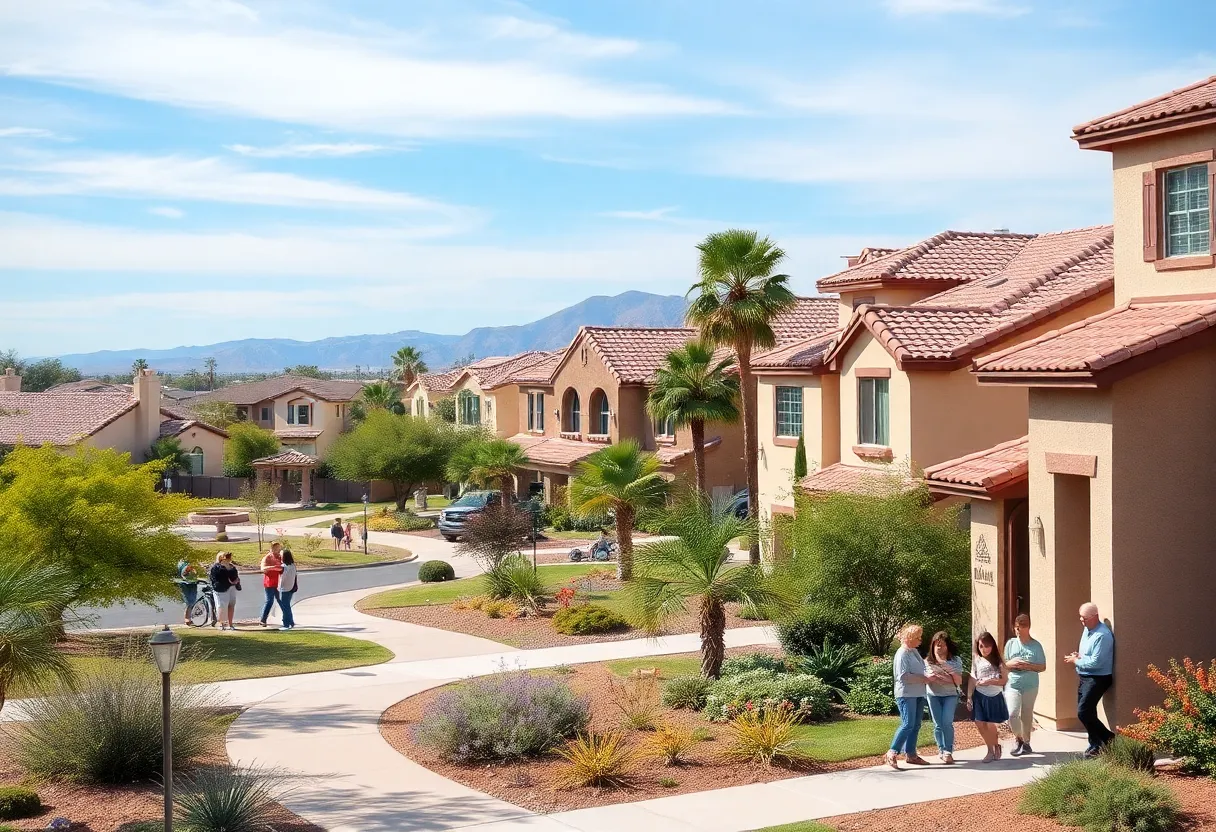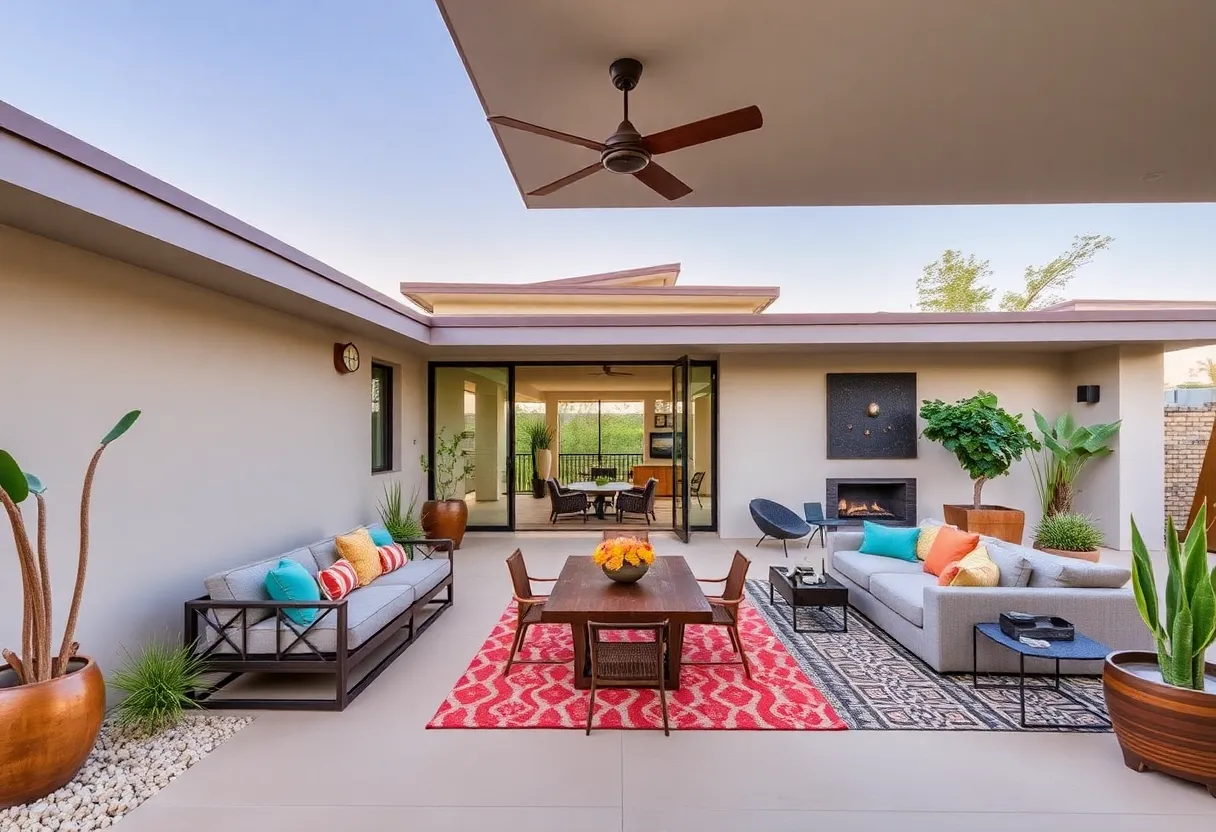10 Essential Strategies for Finding the Right Neighborhood for Your First Home
Purchasing your first home is a significant milestone, and selecting the right neighborhood is a critical decision that can influence your overall satisfaction, investment potential, and quality of life. With numerous factors at play, adopting a strategic approach ensures you make an informed choice aligned with your long-term goals. This comprehensive guide explores ten essential strategies to help you find a neighborhood that fits your lifestyle, financial aspirations, and personal preferences.
1. Assess Your Lifestyle Needs
The foundation of choosing the ideal neighborhood begins with a thorough understanding of your lifestyle requirements. Consider how proximity to your workplace impacts daily routines, as longer commutes can lead to increased stress and decreased free time. Evaluate the availability of public transportation if you prefer not to drive regularly. Access to essential services like grocery stores, healthcare facilities, pharmacies, and emergency services is crucial—these amenities contribute to daily convenience. Recreational facilities like parks, gyms, and community centers also enhance quality of life. Identifying these priorities helps in narrowing down neighborhoods that naturally support your routines.
2. Evaluate Safety and Crime Rates
Safety significantly affects living experience and property values. Conduct detailed research into local crime statistics, which can typically be accessed through law enforcement or municipal databases. Visiting neighborhoods during various times of the day offers real-world insight into the environment’s livability and safety. Engage with current residents or community groups to gather firsthand accounts of safety and community cohesion. A neighborhood with low crime rates and active community engagement is more likely to foster a secure environment and provide peace of mind.
3. Investigate School Quality
Even if you do not have children, the quality of local schools impacts property appeal and value. Homes situated within top-rated school districts tend to appreciate faster and attract future buyers, making them advantageous investment options. Review official school ratings, extracurricular programs, and graduation rates. Consider the reputation of nearby schools and their capacity to serve your potential future needs. An area with strong educational institutions also correlates with well-maintained neighborhoods, further elevating property desirability.
4. Analyze Property Values and Market Trends
Understanding the current real estate dynamics is vital for your investment strategy. Collect data on median home prices, recent appreciation rates, and the average duration properties remain on the market. Market trends indicate whether a neighborhood is appreciating, stagnant, or declining—information that can guide your bidding and negotiation strategies. A consistently appreciating market reflects healthy demand and growth potential, whereas stagnation or decline may signal caution.
5. Consider Future Development Plans
Projected neighborhood developments can have profound impacts on your living environment and property value. Investigate city or county planning departments for upcoming projects such as commercial centers, transportation infrastructure, park expansions, or residential developments. Zoning changes might also alter neighborhood characteristics—either positively by increasing amenities or negatively by increasing congestion or noise. Staying informed about these plans ensures you select a neighborhood positioned for sustainable growth.
6. Evaluate Commute Times and Transportation Options
A manageable commute enhances daily convenience and reduces stress. Analyze the distance from potential neighborhoods to your workplace, factoring in typical traffic conditions and public transit options. Availability of reliable transit services, such as bus routes or train lines, can negate the need for personal vehicle dependence. Consider potential future transit developments, which could further improve access and reduce commute times over time. An optimal neighborhood balances proximity to work with accessibility to transportation infrastructure.
7. Assess Environmental Factors
Environmental quality directly influences health and comfort. Research ambient air quality, noise pollution levels, and local natural hazards such as flooding risk or seismic activity. Tools like flood maps or environmental reports can provide detailed insights. If proximity to natural hazards exists, evaluate preparedness measures or mitigation efforts implemented by local authorities. Choosing an environmentally safe neighborhood minimizes health risks and enhances overall livability.
8. Review Local Amenities and Services
Convenient access to amenities such as parks, shopping centers, dining venues, and healthcare services adds value to your lifestyle. Identify neighborhoods that feature diverse amenities aligned with your interests. For instance, if outdoor activities are a priority, proximity to parks or trail systems is beneficial. Likewise, proximity to healthcare and grocery stores ensures daily necessities are within easy reach. A neighborhood well-equipped with amenities supports a convenient and enjoyable living experience.
9. Engage with the Community
Community engagement provides invaluable insights beyond statistical data. Participate in local events, visit community centers, or attend neighborhood meetings to gauge community spirit, cultural vibrancy, and social cohesion. Building relationships with current residents can reveal unspoken aspects of neighborhood life, such as neighborliness, safety, and shared values. An engaged community fosters a sense of belonging and enhances overall satisfaction in your new home.
10. Visit Multiple Times
First impressions can be misleading; hence, repeated visits are essential. Schedule visits at different times of day and on different days to observe traffic flow, noise levels, activity patterns, and social interactions. Nighttime visits may highlight security concerns, while weekend visits can reveal community vibrancy. This approach ensures a comprehensive understanding of daily life and helps verify whether the neighborhood consistently aligns with your expectations.
Frequently Asked Questions (FAQ)
How do I determine the safety of a neighborhood?
Research local crime statistics, visit the area at different times of the day, and engage with local residents to assess safety. Consulting local law enforcement can also provide valuable insights.
Why is the quality of local schools important when choosing a neighborhood?
High-quality schools can enhance property values and attract future buyers, even if you don’t have children. Researching school ratings helps you understand the potential long-term benefits of the area.
How can I find out about future developments in a neighborhood?
Consult local planning departments, review city planning documents, and engage with local real estate agents to learn about upcoming developments and zoning changes that may affect the area.
What role do local amenities play in selecting a neighborhood?
Access to amenities like parks, shopping centers, and dining options can enhance your daily life and convenience. Evaluating these amenities helps ensure the neighborhood aligns with your lifestyle preferences.
Why is it important to visit a neighborhood multiple times before deciding?
Visiting at different times and days allows you to observe various aspects of the neighborhood, such as traffic patterns, noise levels, and community activities, ensuring it consistently meets your expectations.
Key Features of a Well-Selected Neighborhood
| Feature | Description | Impact |
|---|---|---|
| Safety | Low crime rates and active community engagement ensure security and peace of mind. | High; enhances quality of life and property appeal. |
| Accessibility | Proximity to work, public transit, and essential services minimizes commute times and daily stress. | High; improves daily convenience. |
| Market Trends | Stable or appreciating property values indicate investment potential and neighborhood vitality. | High; impacts long-term financial benefit. |
| Environmental Quality | Clean air, low noise pollution, and natural hazard mitigation contribute to health and comfort. | High; supports overall well-being. |
| Community Engagement | Active neighborhoods foster social bonds, safety, and shared values. | Moderate to High; enhances sense of belonging. |
| Amenities | Availability of parks, shopping, dining, and recreational facilities | High; enriches lifestyle and daily convenience. |
Author: STAFF HERE PHOENIX WRITER
The PHOENIX STAFF WRITER represents the experienced team at HEREPhoenix.com, your go-to source for actionable local news and information in Phoenix, Maricopa County, and beyond. Specializing in "news you can use," we cover essential topics like product reviews for personal and business needs, local business directories, politics, real estate trends, neighborhood insights, and state news affecting the area—with deep expertise drawn from years of dedicated reporting and strong community input, including local press releases and business updates. We deliver top reporting on high-value events such as the Waste Management Phoenix Open, Cactus League Spring Training, and Arizona State Fair. Our coverage extends to key organizations like the Greater Phoenix Chamber of Commerce and Visit Phoenix, plus leading businesses in technology and healthcare that power the local economy such as Intel and Banner Health. As part of the broader HERE network, including HERETucson.com, we provide comprehensive, credible insights into Arizona's dynamic landscape.





